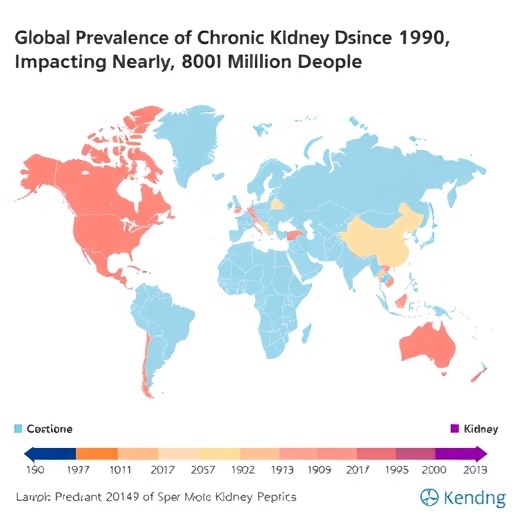We all know how important it is to keep our levels of blood cholesterol – especially the 'bad' variety – in check with a healthy diet and regular exercise. Although cholesterol is a key structural component of cell membranes and is vital for the biosynthesis of certain hormones and vitamins, high levels can lead to the formation of arterial plaques, which are a major risk factor for coronary heart disease.
In some individuals with a common inherited condition that predisposes them to high cholesterol (familial hypercholesterolemia), lifestyle changes might not be enough to prevent early-onset heart disease. Medical intervention is usually needed to lower cholesterol in these patients, and statins are the first-line treatment of choice. However, these drugs can have unpleasant side effects and are not effective in all cases. Recent evidence suggests that inhibitors of PCSK9, a liver enzyme involved in regulating cholesterol homeostasis, could provide an effective alternative or adjunct to statin therapy in high-risk hypercholesterolemic patients. Before PCSK9 inhibitors can be approved for widespread use, further research into PCSK9 function using suitable preclinical models is needed. Reported today in Disease Models & Mechanisms, Karim Si-Tayeb and colleagues in the research group of Bertrand Cariou from l'Institut du Thorax, Nantes used an innovative approach to develop unique patient cell-based models of PCSK9-driven hypercholesterolemia. These models can be used to explore the cellular role of PCSK9 in vitro and to test the efficacy of cholesterol-lowering agents.
"One man's waste is another man's treasure"
Reprogramming of adult somatic cells into induced pluripotent stem cells (iPSCs) provides a powerful tool for in vitro disease modeling and drug screening. Because iPSCs are self-renewing and pluripotent, they can theoretically be turned into any cell type in the body, and can faithfully recapitulate the cellular basis of any genetic disease. Skin biopsies or blood samples are usually needed to extract adult cells from a patient to generate iPSCs. Instead of using these invasive and complicated procedures to obtain cells from hypercholesterolemic patients, Dr Si-Tayeb decided to use a more convenient source of human cells: urine. The group isolated cells from patient urine samples, amplified them, reprogrammed them into iPSCs and finally instructed them to become liver cells. Using this approach, they demonstrate that the pathological features of inherited hypercholesterolemia caused by PCSK9 mutations can be reproduced in a Petri dish.
As proof-of-principle, the team showed that the liver cell models generated from iPSCs respond as expected to statin treatment. Intriguingly, cells derived from patients carrying a particular gain-of-function mutation in PCSK9 showed an enhanced response to statins, and this finding was validated in vivo. The approach described by the Nantes team thus generates clinically relevant models of hypercholesterolemia that can be used to predict pharmacological responses, paving the way to personalize the treatment of high-risk patients.
"It is amazing that we can use urine samples to generate pluripotent stem cells that are directly related to the donor. Not only is urine very convenient to obtain, it is relatively clean and easy for researchers to handle. Because of these advantages, urine is likely to become a popular source of cells to advance the field of personalized medicine.'' predicted Dr Si-Tayeb.
###




